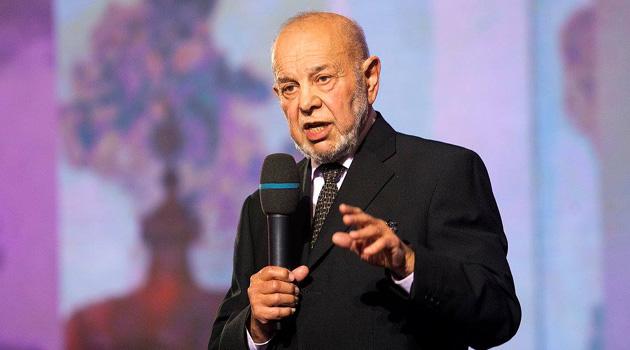Archeological research confirms most of former concentration camp at Lety is on pig farm land
Archeological research is being carried out at the site of the former concentration camp at Lety u Písku aiming to precisely locate the former camp and find any eventual artefacts from the time of its operation. The research has been carried out on just a small part of the camp because the vast majority of its area is located on the grounds of the pig farm owned by the AGPI company.
The farm did not allow the researchers to access their land and blocked the opportunity for them to carry out their research there. The video reportage above by František Bikár and Tereza Heková was made right at the research site.
“The research began in the autumn… We began with so-called non-destructive or non-invasive research,” lead researcher Pavel Vařeka from the Archeology Department at the University of West Bohemia in Plzeň told news server Romea.cz.
“We did a detailed surface survey of the entire camp and its surroundings. I must emphasize that we have not yet surveyed the biggest part because we did not access the pig farm. We contacted the firm’s management and they told us it is not possible to go there, the firm has some reasons for that, so we are staying on the other side of the fence,” the researcher explained.
“When we accumulated all the information, we realized the entire camp was oriented a bit differently towards the west.. and towards the north … where the forest is,” he said. The camp extended at least 20 meters into a meadow now owned by the municipality.
That meadow is where the research has taken place so far. “The grassy area in the northwestern part of the pig farm covers almost the entire camp, let’s say, 80 %. A tiny part is covered by the shed,” Vařeka described, confirming earlier findings that the vast majority of the camp is located on the grounds of the pig farm.
The fence that separates the pig farm grounds from the municipality’s meadow, according to the archeologist, intersects what was once the courtyard where the intake of the prisoners was performed. The research also addressed what remains of the camp.
“The research has surprisingly found that the remains of the camp have been very well preserved underground as archeological relics despite all the landscaping that must have happened when this mega-pig farm was built, so a few centimeters below the surface we identified where the level of the terrain was at the time the camp existed,” Vařeka told news server Romea.cz. “I consider the main significance of the results of our research to be that we have managed to demonstrate that the remains of the camp are here, that the camp has not disappeared or been erased, it can be found using archeological methods or rather, its remains can be found, and I think we are putting together a strong argument, therefore, for declaring this location a monument, because the burial site was declared a monument in 1998, but the actual site of the camp is not a monument in the legal sense yet.”
